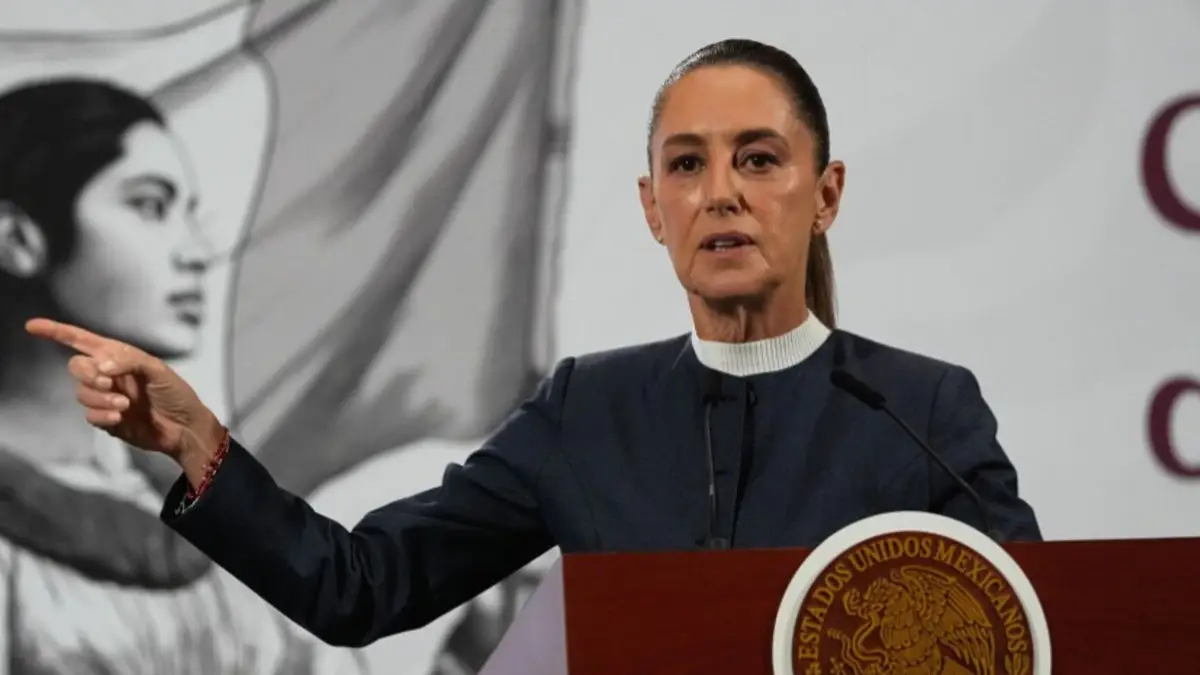Copyright STAT

NEW ORLEANS — A record-breaking 4,432 scientific abstracts accepted at the American Heart Association’s meeting here adorned posters, animated panel discussions, or drew crowds to massive halls. They promised innovations in understanding and treating cardiovascular disease, long the leading cause of death in the United States and the world. Gene therapies and RNA interference medications presented over the weekend presage a shift away from medicines like aspirin or statins, Cleveland Clinic cardiologist Steven Nissen told STAT. “Between the CRISPR-directed therapies and the nucleic acid-based therapies, we’ve left the era of small molecule medicine,” he said, citing his own early-stage study of a CRISPR-based treatment. Advertisement Less flashy, yet more broadly and immediately applicable, were the studies on food, the other stuff of life beyond our DNA. Two in particular spoke to the potential gains but also the structural challenges. In one such study, funded in part by the AHA’s Food is Medicine initiative, researchers set out to see if home-delivered, DASH-style groceries coupled with dietitian counseling might lower blood pressure among Black adults living in food deserts in Boston. Their results were presented here and published in JAMA on Sunday. The DASH diet is low in salt and high in vegetables, fruits, whole grains, low-fat dairy products, beans, nuts, and legumes. It also limits fatty meats, salt, sweets, added sugars, and sugary beverages. It can be challenging to find and afford these foods where grocery stores are scarce. Advertisement The study participants, who lived in neighborhoods without health food options, were divided into two groups. One group received home-delivered groceries and guidance from dietitians, while the other group was given a $500 stipend every four weeks to purchase groceries and plan meals on their own. After 12 weeks, the people who got both groceries and support saw their blood pressure improve more than the people in the group with just the stipend to buy food. The DASH group also saw their “bad” cholesterol fall. Blood sugar and body mass index did not change in either group. Six months later, after the participants stopped receiving the grocery deliveries or monthly stipends, blood pressure and LDL cholesterol levels had returned to where they were at the start of the study. Study author Stephen Juraschek, from the Harvard T.H. Chan School of Public Health and Brigham and Women’s Hospital, said at a media briefing Sunday that the study clearly established what works, but the question of how to make what works affordable and accessible is both critical and central to policy discussions now. “We did not build grocery stores in the communities that our participants were living in. We did not make the groceries cheaper for people after they were free during the intervention,” he said. “We believe that this is essential, that people can be able to access these healthy groceries in order to maintain and appreciate the health benefits associated with them.” Halfway around the world, another study saw some longer-term success. Across 80 villages throughout rural China, family support using a variety of tools helped adults lower their blood pressure. The six-month program included regular blood pressure monitoring, low-sodium salt substitutes in cooking (in a culture where that is more common than in the U.S.), and classes teaching healthy lifestyle habits. Key players were the “family leaders” trained by community health workers to monitor blood pressure with a free device and access to a smartphone app. All family members were encouraged to participate, even if they did not have high blood pressure. Beyond eating a healthy diet low in salt, they were also encouraged to exercise and watch their weight. Advertisement After six months, the educational sessions and the free salt substitutes ended. During the program, participants’ systolic blood pressure (the top number) dropped by an average of 10 mm compared to people not in the program. After the program ended, participants still had better blood pressure than those who didn’t take part, although the difference narrowed to 3.7 mm. That suggests some healthy habits developed during the program continued. Keith Ferdinand, chair of preventative cardiology at Tulane University, praised the effort in China during the Sunday press briefing. “Using a multifaceted approach is actually the correct way to do it,” he said. “What was done in China is something that we advocate for in the United States,” he said.



